Are you ready to transform your Instagram feed with captivating food styling techniques? Capturing the perfect food photo can feel like an art form, but with the right approach, you can elevate your snaps to wow your followers. Whether you’re a seasoned food photographer or just dipping your toes into the world of Instagram, mastering food styling is key to standing out in the crowded visual landscape of social media. From crafting visually appealing dishes to experimenting with creative compositions, this guide offers expert tips and practical advice to help you create Instagram-worthy food photos that will leave everyone drooling. Explore everything from lighting tricks to prop ideas, and discover how to tell a story through your food presentation. With this comprehensive guide, you’ll be equipped to take your Instagram game to the next level and inspire your audience with stunning visuals that resonate long after the screen fades.
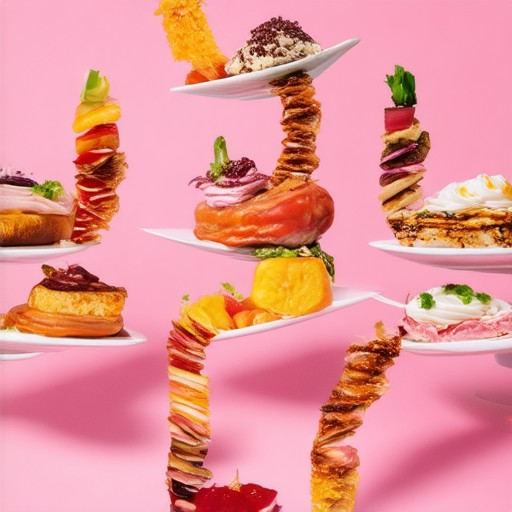
How to Make Food Photos Look Good on Instagram
Instagram is a visual platform, and capturing mouthwatering food photos can elevate your feed. Here’s how to make your food shots stand out:
- Natural Light is Key : Avoid harsh midday sun. Shoot during early morning or late afternoon for soft, diffused light that flatters food.
- Horizontal Framing**: Hold your phone horizontally to capture the full width of your plate, ensuring nothing gets cropped and the composition looks polished.
- Rule of Thirds Composition**: Position your food in the center or off-center within the frame for a balanced, visually appealing shot. Add garnishes or ingredients around the edges for interest.
- Vibrant Colors**: Edit your photos to enhance colors naturally, avoiding over-saturation. Balance hues to keep them looking fresh and inviting.
- Stylish Presentation**: Plate your food neatly, using attractive serving dishes and arranging ingredients to showcase their best features. Avoid messy piles and opt for layered arrangements.
- Depth of Field**: Blur the background by adjusting your phone’s settings or getting closer to your subject. This draws attention to the food and creates a professional look.
- Clean Background**: Keep the background free of clutter. Use a simple backdrop like a neutral tablecloth or white plate to let the food shine.
- Edit Thoughtfully**: Straighten lines, adjust exposure, and crop as needed. Apps like VSCO or Lightroom can help perfect your shot.
- Avoid Glare**: Place a matte board or paper under your plate to minimize reflections. Shoot from above to capture details without unwanted glare.
- Symmetry and Perspective**: Arrange food symmetrically for balance. Try both close-ups to highlight textures and wider shots to showcase the whole meal.
How to Style Food for Photos
To capture stunning food photos, consider these expert tips for styling your dishes:
1. Lighting is Key
- Use natural light for a warm, inviting look.
- Incorporate softbox lighting for even illumination.
- Experiment with angles to highlight textures and flavors.
2. Composition Matters
- Create a balanced frame by placing food centrally.
- Use leading lines to guide the eye towards the subject.
- Include props like cutlery or plates to add context.
3. Props Enhance the Shot
- Utilize decorative plates or serving trays for visual interest.
- Add texture with rustic utensils or vintage tools.
- Consider the color and pattern of dishes to complement the food.
4. Color Theory Basics
- Opt for vibrant colors that evoke appetite.
- Use complementary colors to create contrast.
- Balance neutral tones with bold accents for drama.
5. Presentation Techniques
- Drizzle sauces elegantly over dishes.
- Garnish with fresh herbs or flowers for flair.
- Create layers with textures like crispy edges or creamy interiors.
6. Seasonal Ingredients Shine
- Highlight seasonal produce to showcase freshness.
- Use fruits and vegetables as natural colors.
- Pair ingredients for visually appealing contrasts.
7. Focus on Flavor Profiles
- Capture the essence of each dish’s taste.
- Showcase cooking techniques like grilling marks.
- Experiment with different perspectives to reveal hidden details.
8. Edit the Scene
- Remove distractions in the background.
- Adjust angles to emphasize key elements.
- Use shadows and highlights to draw attention.
9. Collaborate with the Plate
- Arrange food in an aesthetically pleasing manner.
- Consider the plate’s shape and size.
- Match the dish with the table setting for cohesion.
10. Post-Processing Tips
- Adjust colors and lighting in editing software.
- Cropp and resize images for optimal display.
- Apply filters subtly to enhance the mood.
By applying these techniques, you’ll transform ordinary meals into extraordinary photo opportunities. Remember, the goal is to tell a story through your lens, capturing the beauty and essence of each dish. Learn more about food photography tips .
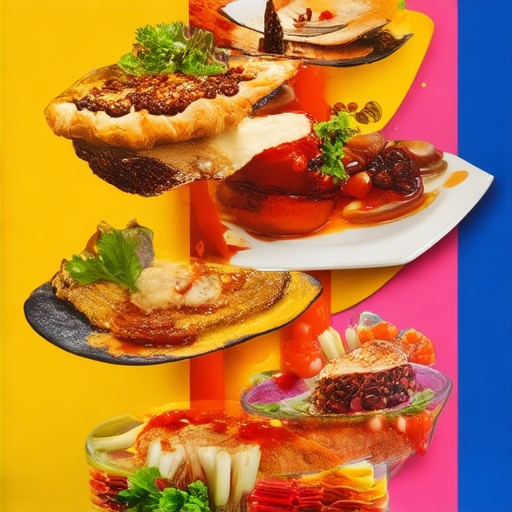
What is one rule a food stylist must follow?
A fundamental principle for food stylists is to maintain proper temperature control. Hot foods must remain hot, and cold foods must stay cold. This ensures food safety, enhances visual appeal, and preserves texture and flavor.
This rule is crucial because:
- Improper handling can lead to bacterial growth or spoilage.
- Maintaining temperatures prevents ingredients from becoming too warm or too cold, affecting taste and consistency.
- Professional photographers rely on consistent textures and colors for a polished look.
Food stylists often use tools like thermal probes to monitor temperatures accurately, ensuring dishes look and taste their best. Following this rule not only guarantees a successful shoot but also builds trust with clients by delivering reliable results.
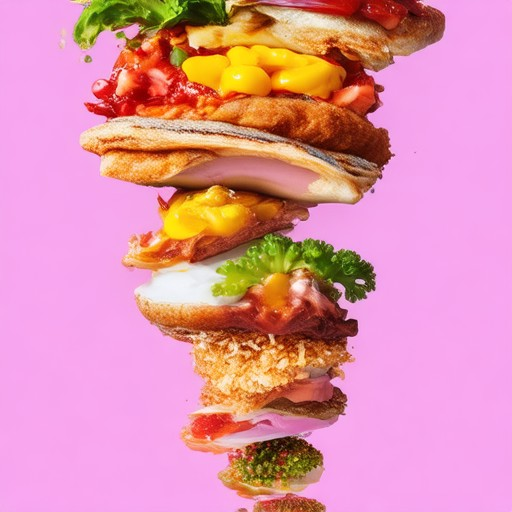
How to Make Food IG-Worthy
To capture the attention of Instagram users and make your food photos stand out, try these proven strategies:
- Lighting Magic :
- Use natural light for a warm, inviting look.
- Incorporate softbox lighting or ring lights for professional results.
- Experiment with shadows and textures to add depth.
- Framing Brilliance :
- Focus on compositions that highlight the dish’s features.
- Use leading lines or rule of thirds for balanced shots.
- Capture unique angles that showcase creativity.
- Storytelling Through Colors :
- Choose vibrant colors that evoke emotions.
- Add pops of color with fresh herbs or garnishes.
- Use contrasting elements to draw the eye.
- Textural Appeal :
- Highlight textures with crispy edges or smooth glazes.
- Include details like steam, crunch, or sauce droplets.
- Let natural imperfections add charm.
- Creative Staging :
- Arrange dishes on styled backgrounds.
- Use props like wooden boards, slate surfaces, or parchment paper.
- Incorporate minimalism or bokeh for a polished look.
- Engage with the Plate :
- Show portion sizes and presentation details.
- Use vertical shots to emphasize height.
- Capture close-ups of ingredients or finishing touches.
- Seasonal and Trendy Flavors :
- Use seasonal ingredients for freshness.
- Explore trending flavors like matcha or charcoal.
- Collaborate with local producers for authentic ingredients.
- Edit Like a Pro :
- Adjust brightness, contrast, and saturation carefully.
- Remove unwanted objects or reflections.
- Apply filters sparingly to enhance, not overwhelm.
- Collaborative Creativity :
- Work with local chefs or bakers for unique dishes.
- Partner with artists for custom designs or installations.
- Host themed food workshops to engage followers.
- Engage Your Audience :
- Ask questions or share fun facts about the dish.
- Encourage tagging friends to expand reach.
- Offer behind-the-scenes content to build trust.
Explore our recipe hub for inspiration or check out our food styling guide for more tips.
How Do Food Instagrams Make Money?
Food Instagram accounts can generate significant income through several methods:
- Sponsored Posts: Influencers collaborate with brands to promote products or services, earning a fee for each post.
- Affiliate Marketing: By sharing affiliate links, creators earn a commission when followers purchase through their links.
- Merchandise Sales: Some accounts sell personalized products like stickers or apparel featuring their branding.
- Ad Revenue: Instagram allows creators to monetize their posts through ads, particularly those in Reels or carousels.
These strategies allow food influencers to diversify their income streams while connecting with their audience in meaningful ways. Explore more about culinary content creation
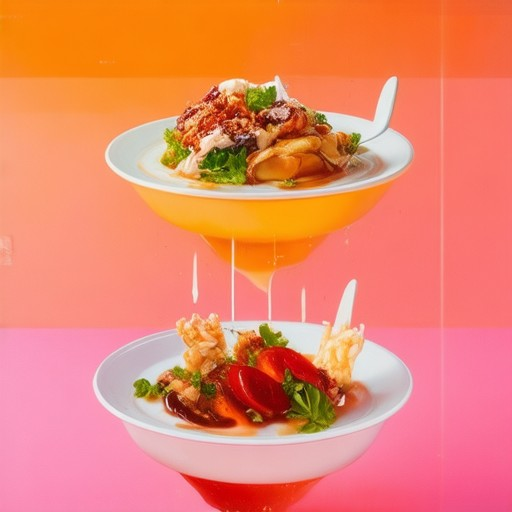
What Makes Food Instagrammable?
Food becomes Instagrammable when it captures the attention of viewers with its visual appeal, composition, and storytelling potential. Here’s what makes food stand out on Instagram:
- Lighting: Natural light or softbox lighting enhances textures and colors, making food look more appetizing and professional.
- Composition: A well-composed shot balances flavors, colors, and textures. Frame the food in a way that highlights its best features.
- Color Contrast: Vibrant colors and contrasting tones make dishes pop. Bold hues like red, yellow, and green often perform best.
- Texture: Foods with interesting textures, like crispy edges or glossy finishes, intrigue the eye and encourage sharing.
- Nostalgia Factor: Foods that evoke memories of childhood or favorite meals resonate deeply with audiences.
- Presentation: Artistic plating and creative arrangements transform ordinary dishes into Instagram-worthy masterpieces.
- Audience Connection: Tailor visuals to Instagram’s demographic, focusing on trendy, relatable, and aspirational content.
By focusing on these elements, chefs and food enthusiasts can create Instagrammable moments that captivate and inspire followers. Remember, the goal is to showcase food in a way that feels authentic and inviting, encouraging others to hit that follow button and explore your culinary creations.

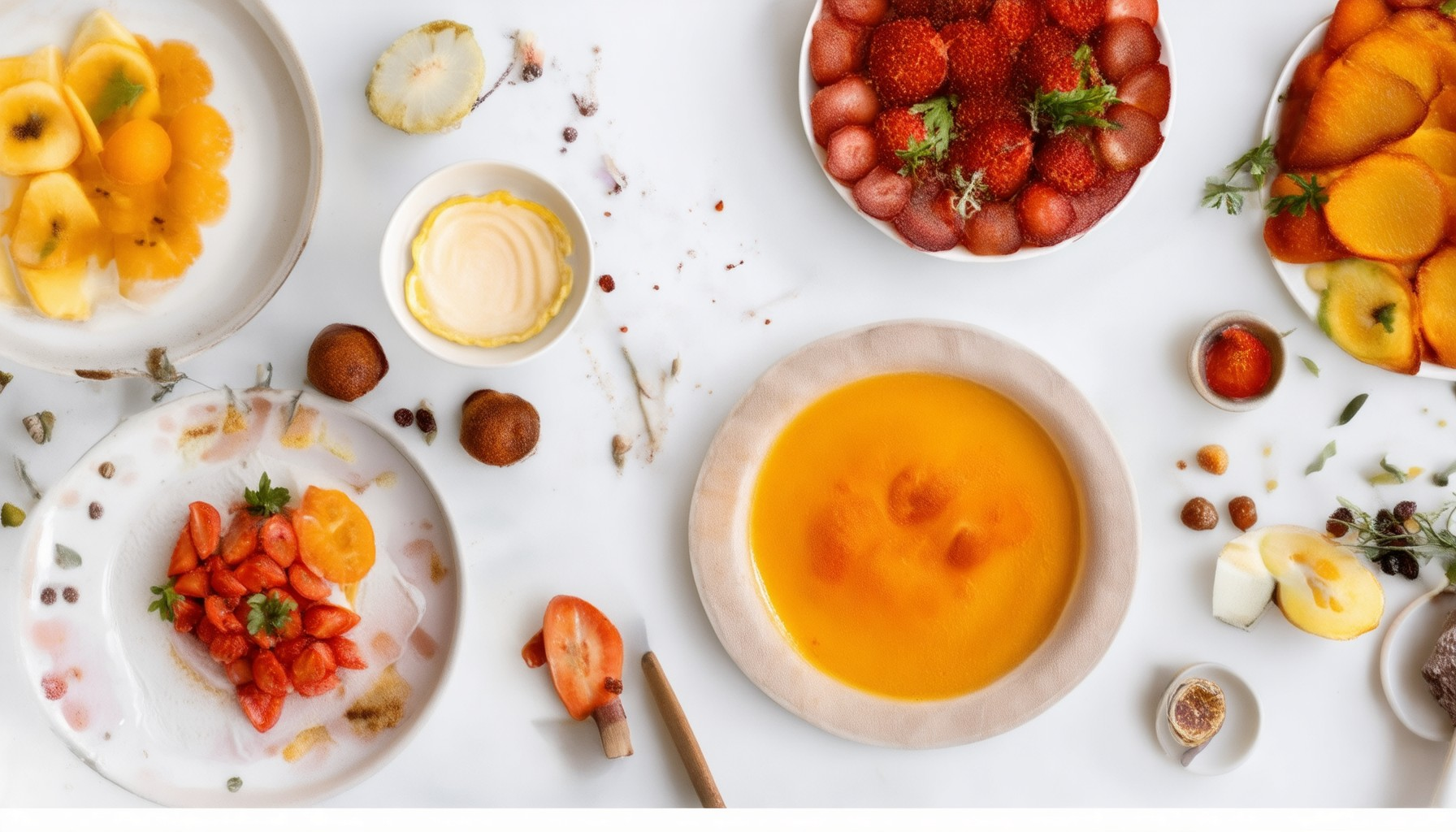
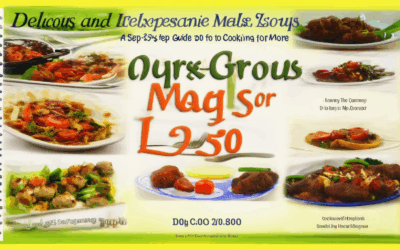
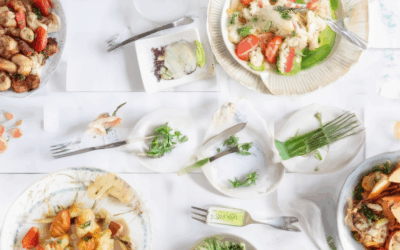
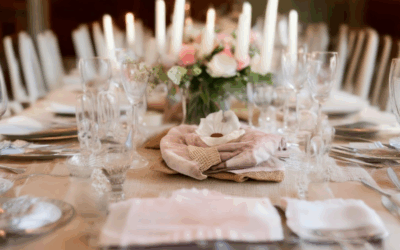
0 Comments